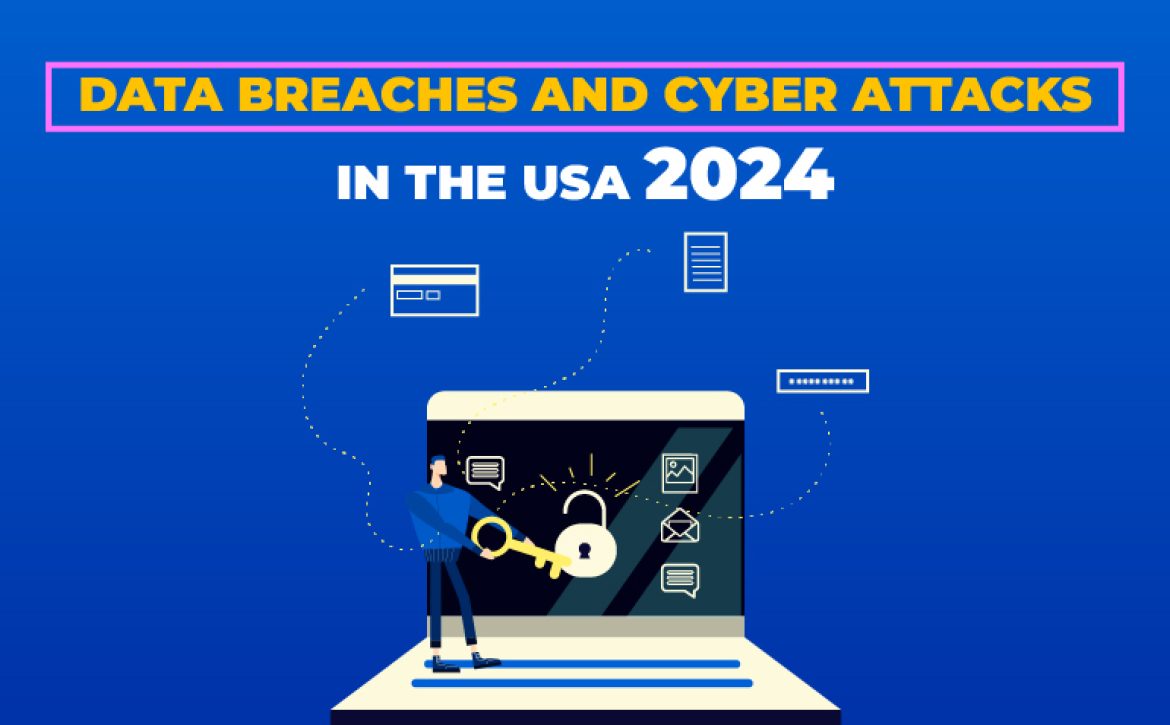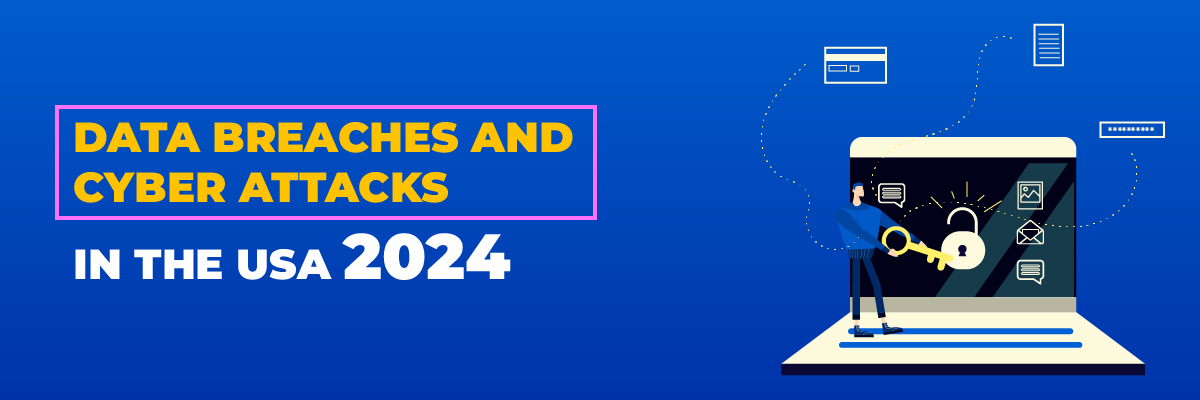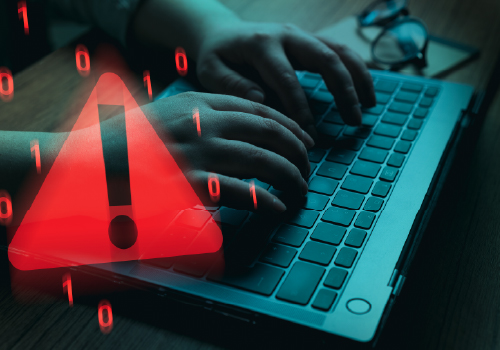Why Your IDS/IPS Isn’t Stopping Breaches
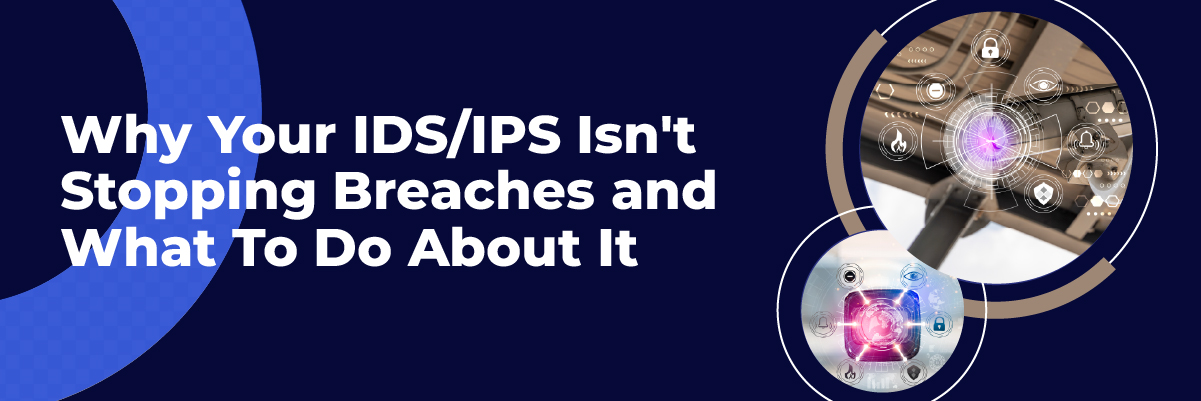
Why Your IDS/IPS Isn’t Stopping Breaches (and What to Do About It)
You didn’t deploy intrusion detection and prevention systems (IDS/IPS) for false alerts, missed breaches, or compliance fines.
Yet here you are—wondering why threats slip through despite “active” monitoring, paying for tools that can’t keep up with encrypted traffic, and facing auditors asking why your logs show gaps during last quarter’s attack.
If you’re in healthcare, finance, legal, or critical infrastructure, outdated IDS/IPS isn’t just noisy—it’s a compliance time bomb inviting data theft, ransomware, and regulatory hell.
Protected Harbor has overhauled dozens of fragile Internet security deployments. The patterns are identical—and the risks are always worse than teams realize.
———————————————————————————————————————————————————————————————————————-
What are IDS and IPS?
IDS and IPS are your network’s first line of defense. IDS (Intrusion Detection System) acts as a 24/7 security camera for your network. It monitors traffic, analyzes patterns, and alerts you to suspicious activity-but doesn’t block threats. Think of it as a smoke alarm: it warns you of danger but can’t extinguish the fire.
IPS (Intrusion Prevention System) goes further – it’s a security bouncer. It actively blocks malicious traffic in real-time using predefined rules (signatures) or behavioral analysis. Unlike IDS, it intervenes to stop attacks before they penetrate your network.
5 Critical Benefits of Modern IDS/IPS
1. Real-Time Threat Prevention
Blocks ransomware, zero-days, and DDoS attacks before they cripple systems.
Example: An IPS halted a healthcare client’s brute-force attack within seconds-preventing 12,000 patient records from being exfiltrated.
2. Compliance Enforcement
Automatically enforces policies for HIPAA, PCI-DSS, and SOC 2 by:
- Logging all access attempts.
- Generating audit-ready reports.
- Encrypting sensitive data flows.
3. Encrypted Traffic Visibility
Inspects SSL/TLS traffic without performance loss-critical as 80%+ of attacks hide in encrypted channels.
4. Reduced Alert Fatigue
AI-driven systems cut false positives by 90%+, letting teams focus on real threats.
5. Cost-Efficient Security
- Prevents breaches costing $4.45M on average (IBM 2023 report).
- Slashes manual monitoring labor by 30–50%.
———————————————————————————————————————————————————————————————————————-
The Illusion of Security in IDS/IPS
Many treat IDS/IPS deployment as a compliance checkbox exercise. “We’ve got threat monitoring. We’re secure now.”
That’s the first trap—and here’s why intrusion detection systems miss attacks:
- Signature decay: Rulesets outdated by months, missing novel threats (like zero-days or polymorphic malware).
- Encryption blindness: 80% + of traffic is now encrypted – legacy tools can’t inspect SSL/TLS without crippling performance.
- Alert fatigue: Teams ignore 1,000+ daily false positives while critical alerts slip through.
“We’ve seen hospitals with ‘active’ IPS where 60% of critical traffic was uninspected – perfect for exfiltrating patient data.” —Protected Harbor
This isn’t just inefficiency. It’s the dangerous myth of ‘set-and-forget’ security-and it’s exposing you to breaches you won’t see coming.
———————————————————————————————————————————————————————————————————————-
The Silent Catastrophes of Failing IDS/IPS
A broken security system isn’t just inconvenient – it’s catastrophic. In regulated sectors, it means fines, lawsuits, and irreversible brand damage.
Top 3 Hidden IDS/IPS Failures We See:
- Compliance Gaps: Unlogged events, poor policy tuning, or disabled inspection → HIPAA, PCI-DSS, or SOC 2 violations.
- Blind Spots: IoT/OT traffic ignored, cloud workloads unmonitored → attackers bypass rules undetected.
- Resource Drain: Overloaded hardware dropping packets, teams wasting 20+ hours/week on false alerts.
“A financial client’s IPS blocked legitimate transactions-costing $500K before we fixed its tuning.” —Protected Harbor
By the time your SIEM flashes red, attackers have been inside for weeks.
———————————————————————————————————————————————————————————————————————-
4 Warning Signs Your IDS/IPS Is Failing
If you recognize these, your “guardians” are asleep:
- “Clean” audits despite breaches (missed detections).
- Team drowning in low-priority alerts (poor signal-to-noise ratio).
- Encrypted traffic dominates logs without inspection details.
- Vendors blame “misconfiguration” during incidents.
These aren’t glitches-they’re proof your perimeter is porous.
———————————————————————————————————————————————————————————————————————-
How World-Class Threat Defense Actually Works
Protected Harbor rebuilt threat monitoring for hospitals, banks, and legal firms where failure isn’t an option:
- Behavior-Based AI + Endpoint Detection and Response (EDR): Combines
network/endpoint visibility to catch zero-days and insider threats. - Full-Stack Decryption: Inspects SSL/TLS traffic at scale without performance drops.
- Automated Tuning: Continuously optimizes policies using real-time threat intelligence.
- Unified Compliance Logging: Audit-ready reports for HIPAA, PCI, and NIST frameworks.
These best practices for IDS/IPS breach prevention close gaps legacy systems ignore.
———————————————————————————————————————————————————————————————————————-
Case Study: How $500K of Hardware Became a Security Wake-Up Call
When one of America’s largest medical billing companies faced a catastrophic system crash during a critical migration, their $500,000 hardware investment turned into an unplugged art installation. With HIPAA compliance at risk and 20+ IT staff panicking, Protected Harbor uncovered:
- Critical Design Flaws: Database, remote, and application servers jammed into a single VM-crashing the system if any component overloaded.
- Zero Visibility: No monitoring, backups, or redundancy. Threats could roam undetected.
- Unrestricted Access: Customers had direct database access-a single error could trigger outages.
Protected Harbor’s Solution:
- Rebuilt infrastructure with High Availability clusters for automatic failover.
- Implemented 24/7 threat monitoring (including IDS/IPS) across 680+ VMs.
- Deployed Restricted Access Gateways via Remote Application Protocol (RAP).
- Automated resource tuning to eliminate bottlenecks.
Results:
✅ 99.99% uptime (zero critical outages in 3+ years)
✅ 50% faster applications
✅ 40% cost savings from eliminating redundancies
✅ 1,500% server increase with no performance loss
✅ Zero HIPAA findings in independent audits
“We replaced chaos with bulletproof visibility. Now they see threats coming-and stop them.” -Richard Luna, CEO, Protected Harbor
———————————————————————————————————————————————————————————————————————-
Don’t Wait for the Breach Audit
If your IDS/IPS hasn’t been stress-tested in the last 6 months, assume it’s broken.
Protected Harbor transforms fragile Internet security with best practices for IDS/IPS breach prevention:
- 24/7 managed detection
- Compliance guarantees
- Endpoint Detection and Response (EDR) integration
Get Your Free IDS/IPS Health Check
Discover why intrusion detection system misses attacks in your environment.
Cut the Complexity. Get Protection That Works.
Free, No-Fuss Assessments Tailored to Your Risks that include:
1. IT Infrastructure Audit
- Find hidden cost drains, security gaps, and compliance risks in 90 minutes.
- Ideal if: You’re battling slowdowns, outages, or budget surprises.
👉 Get Your Free IT Audit
2. IDS/IPS Threat Gap Analysis
- Discover why attacks slip through and fix blind spots in 1 day.
- Ideal if: Your team drowns in alerts or fears encrypted traffic.
No sales pitches. No vague reports. Just actionable fixes.






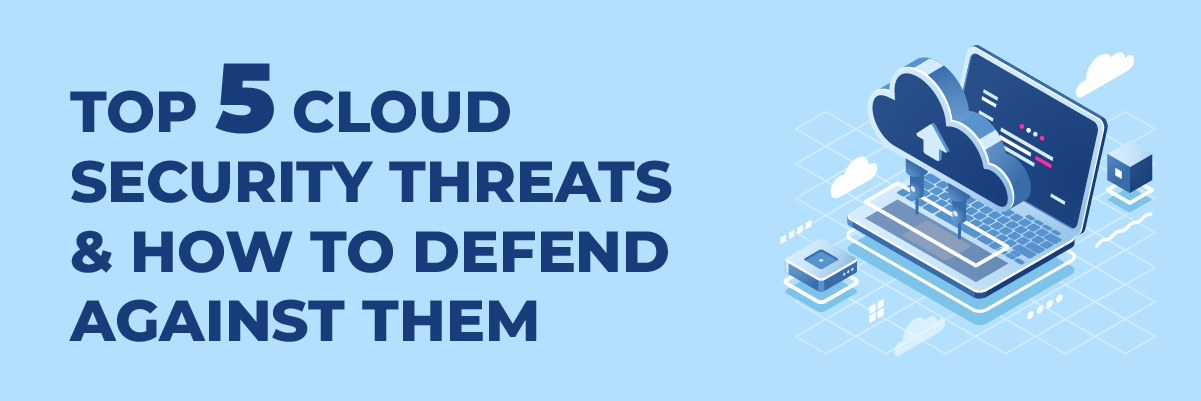
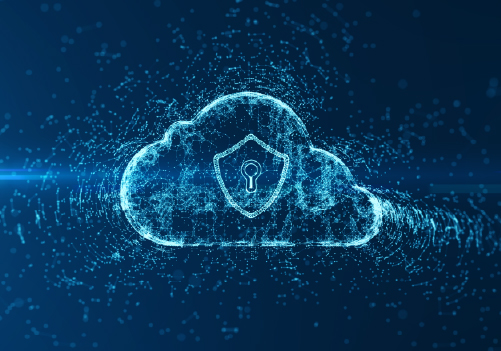 4. Compromised Encryption Keys
4. Compromised Encryption Keys
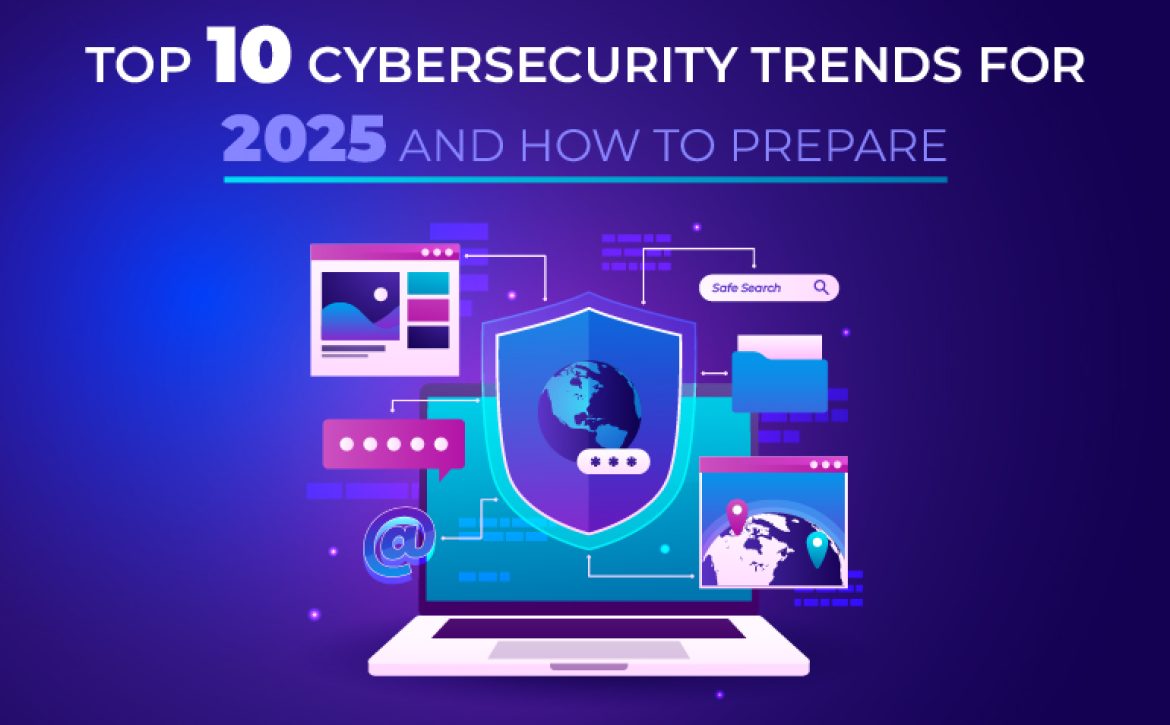

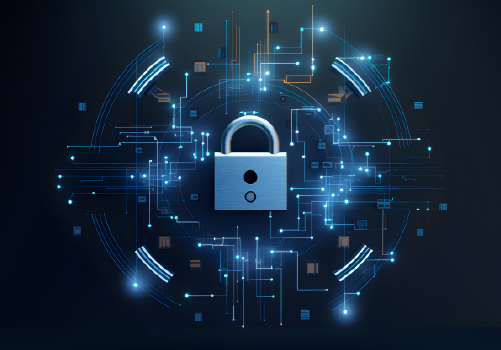 6. Cloud Security Becomes Paramount
6. Cloud Security Becomes Paramount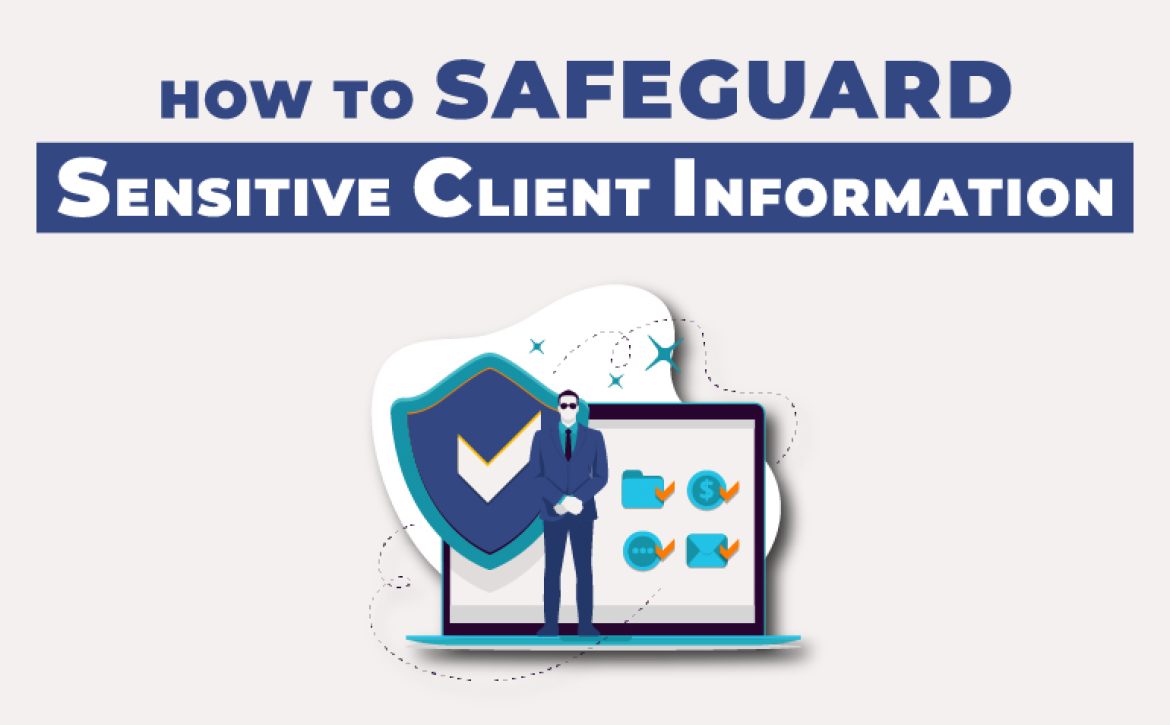
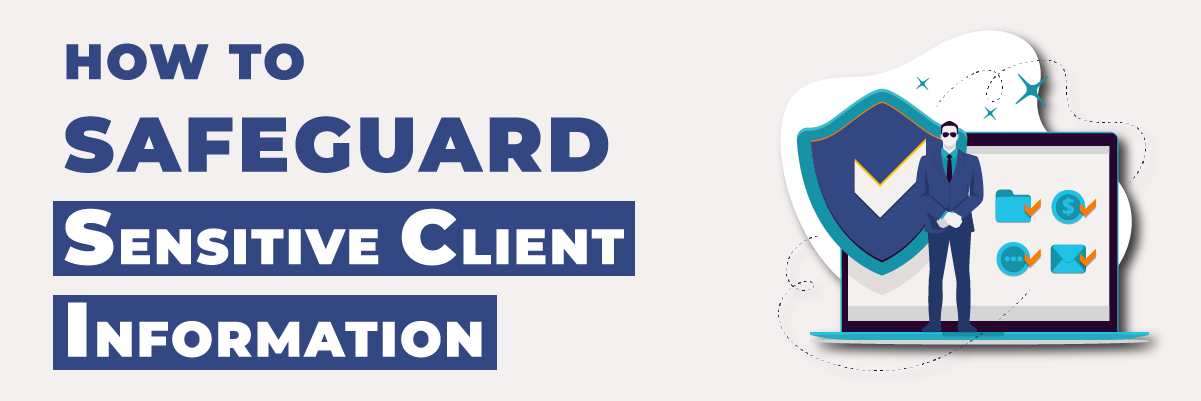
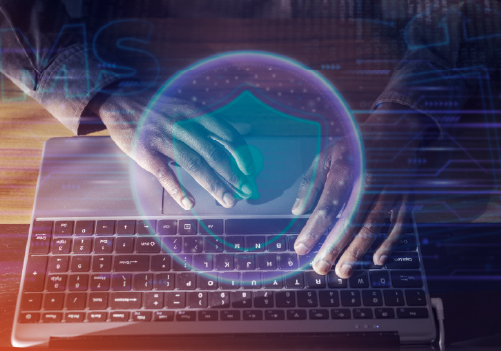 6. Backup Data Frequently
6. Backup Data Frequently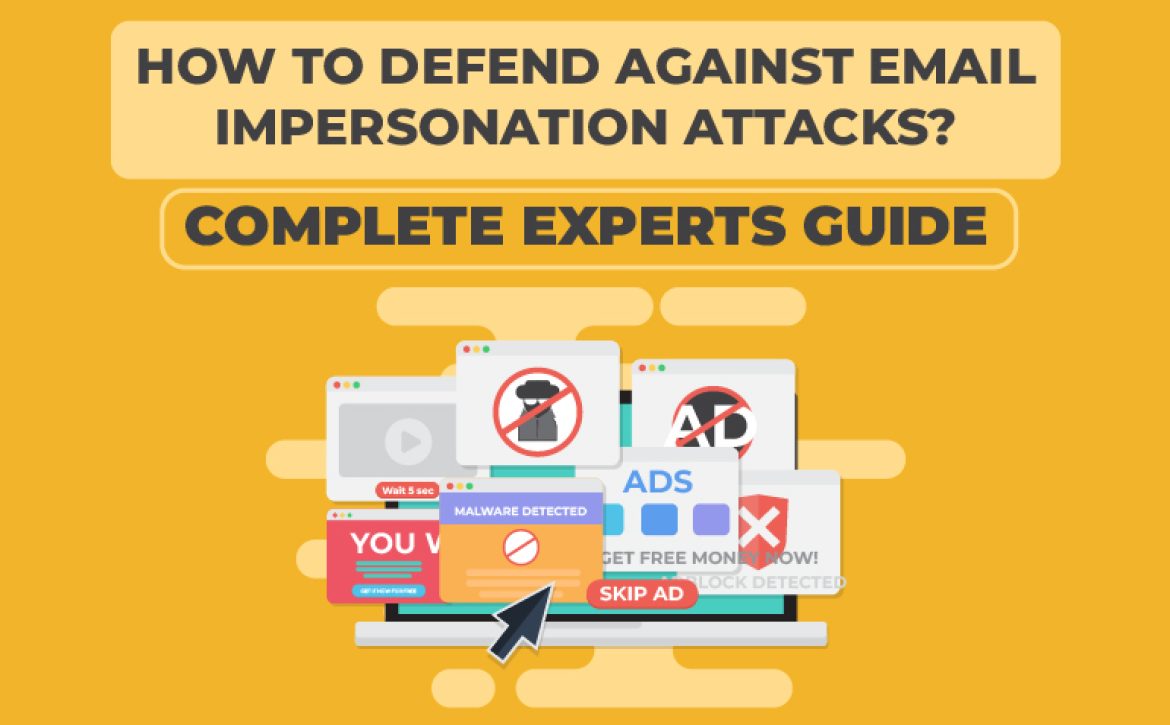

 Best Cybersecurity Practices for Individuals
Best Cybersecurity Practices for Individuals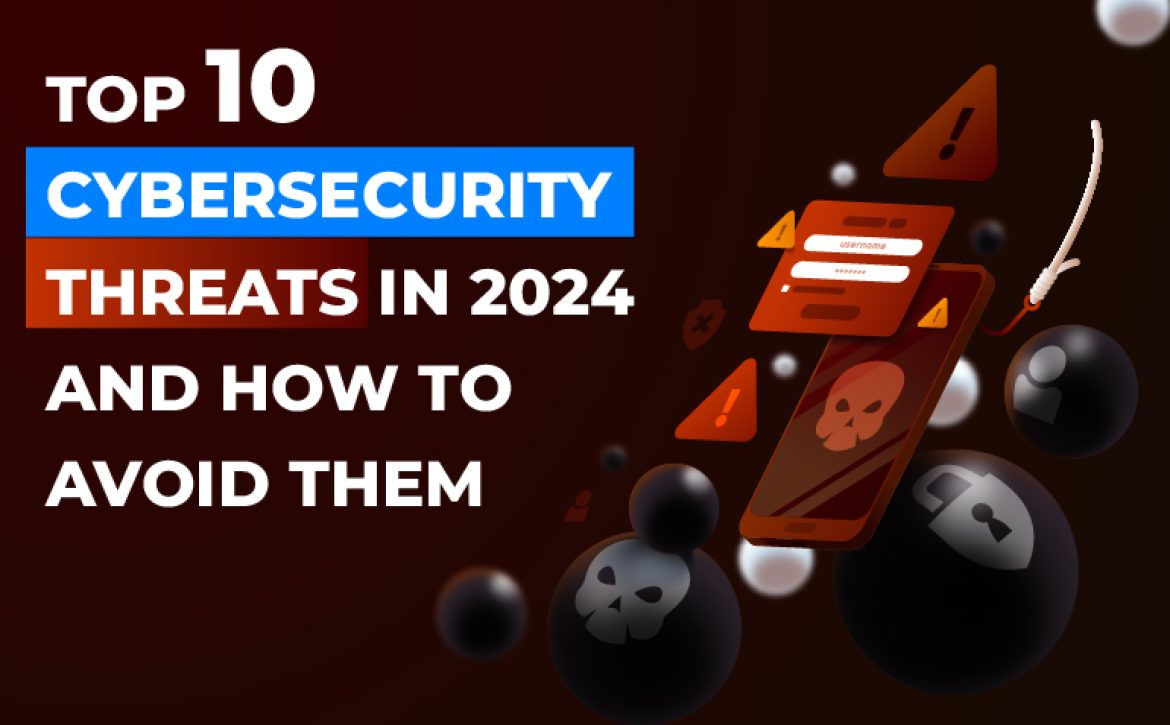
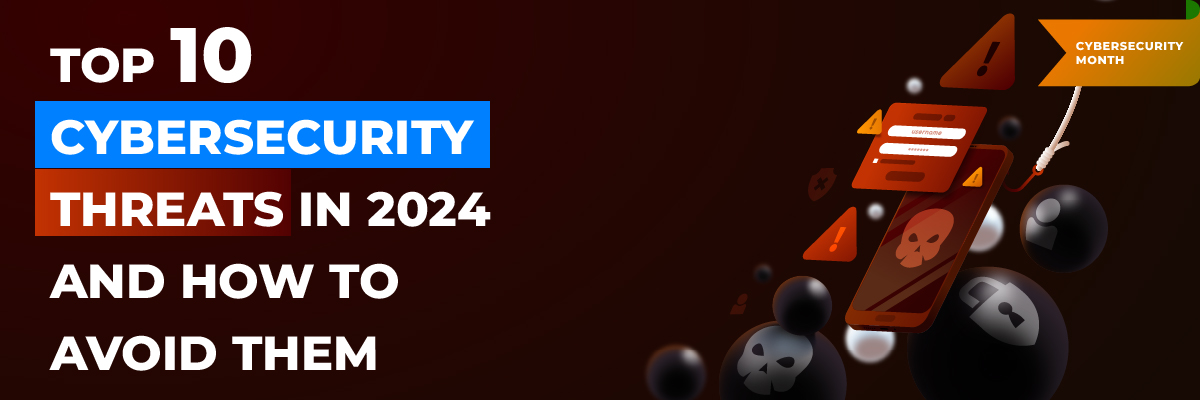

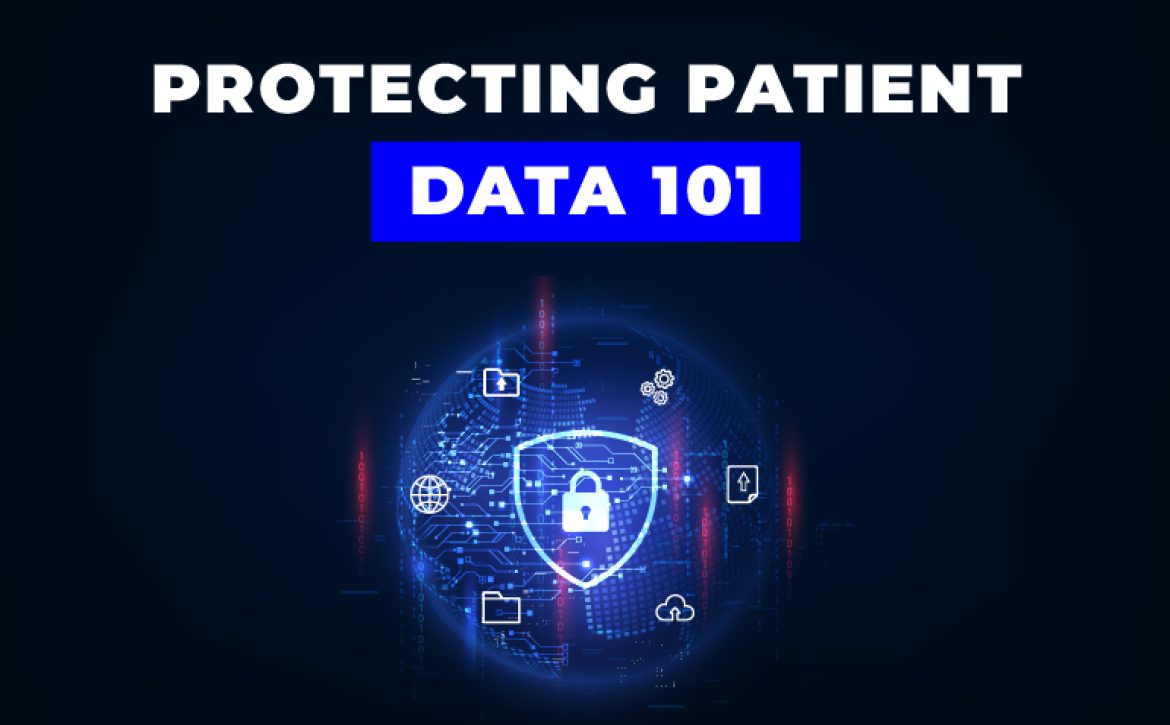
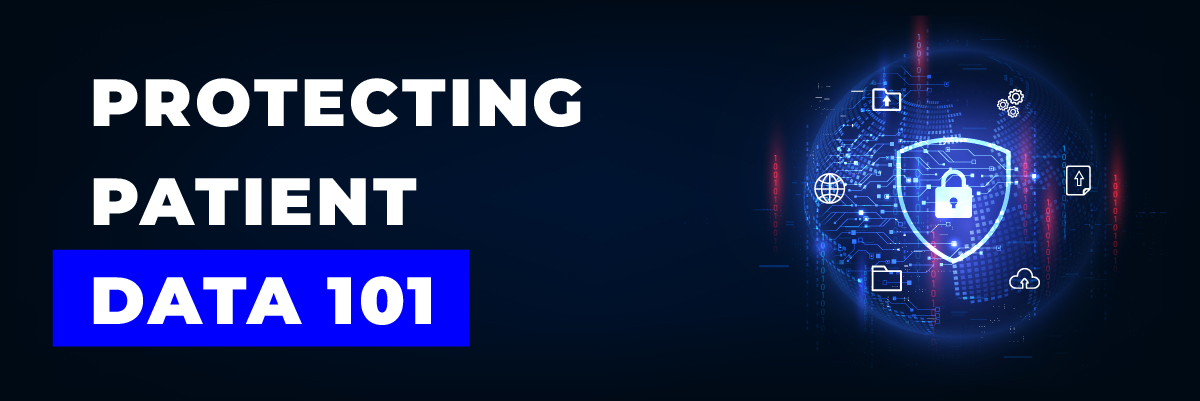
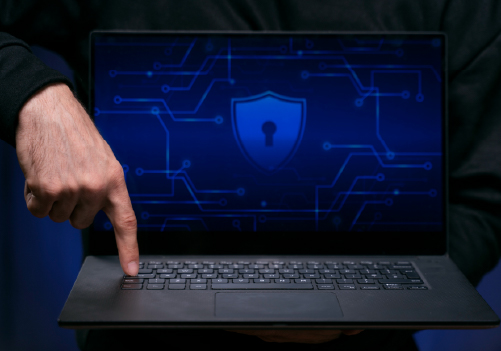 6. Secure Mobile Devices
6. Secure Mobile Devices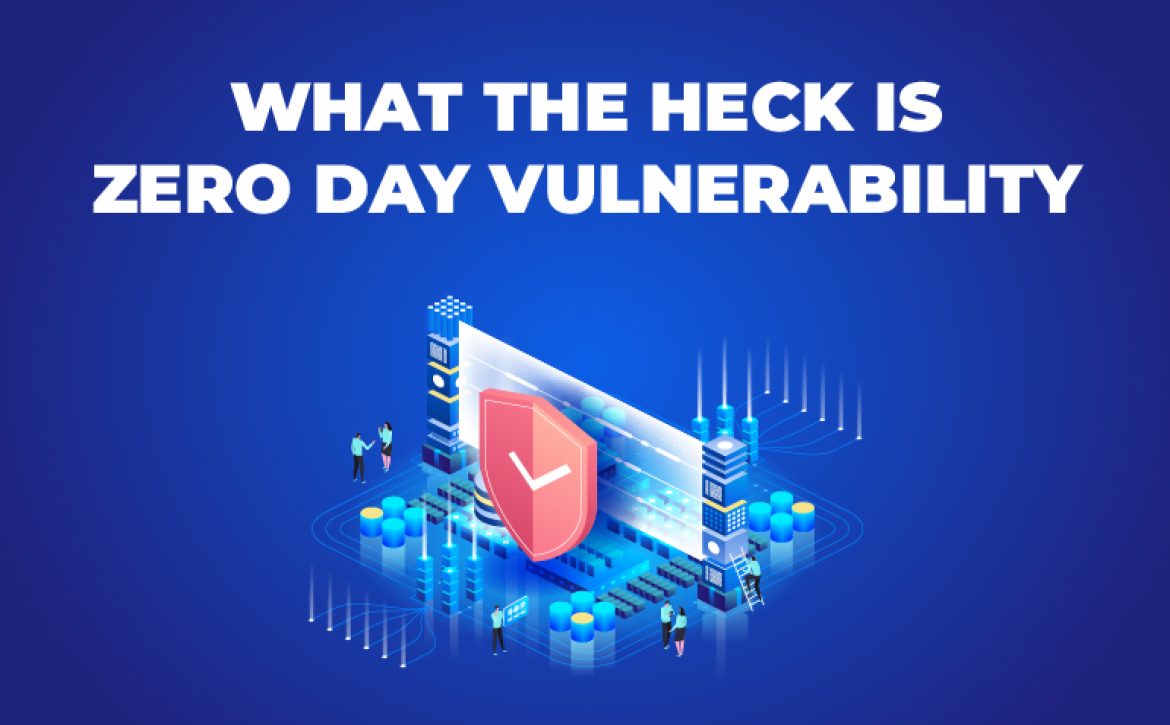

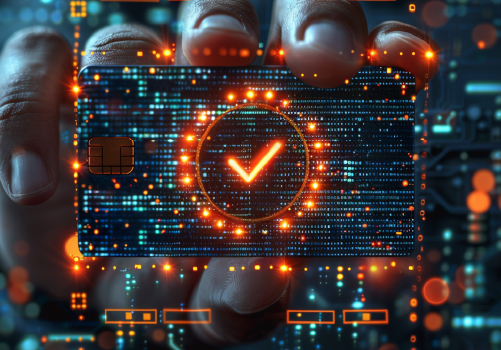 Detecting Zero-Day Vulnerabilities
Detecting Zero-Day Vulnerabilities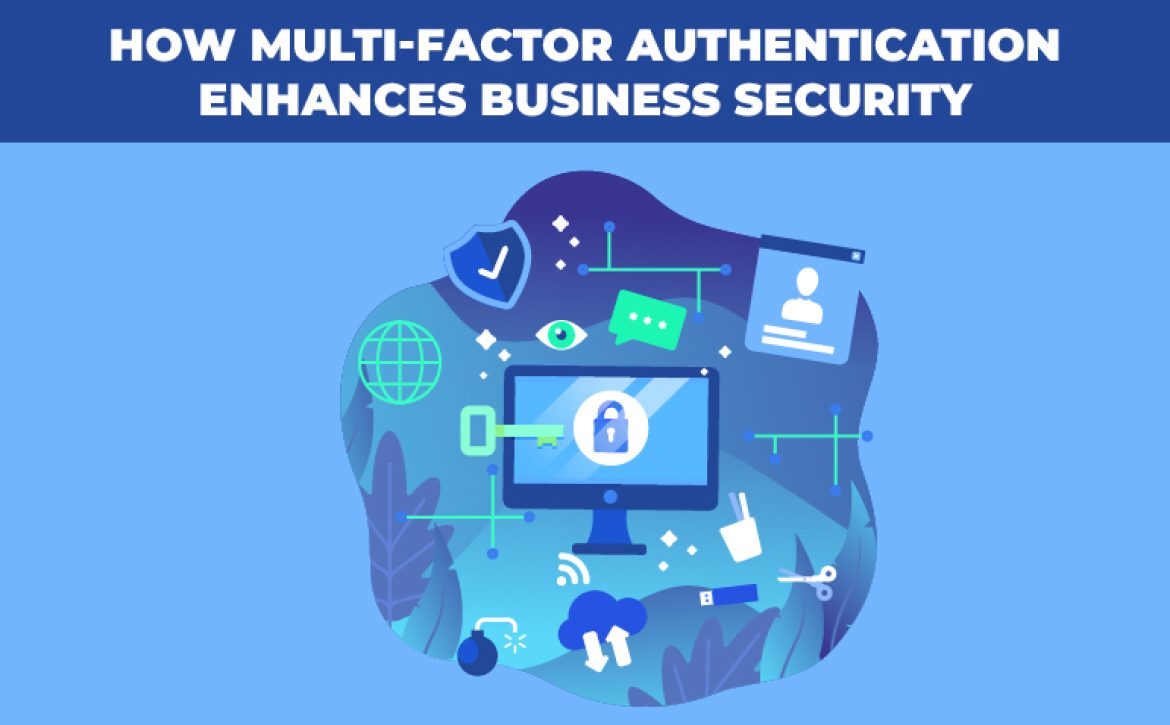
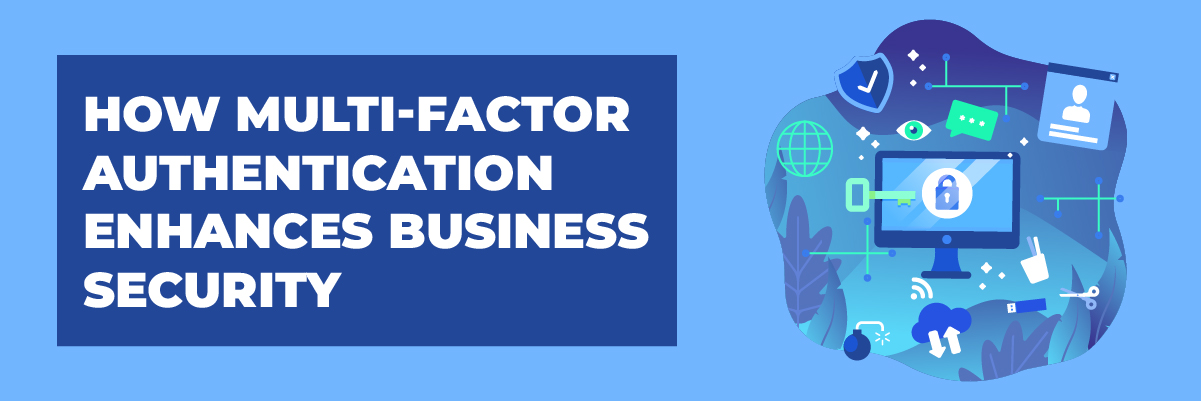
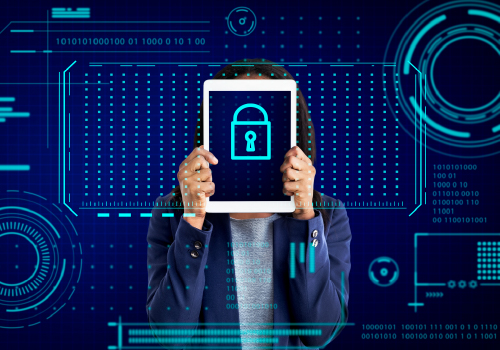 Common Challenges and How to Overcome Them
Common Challenges and How to Overcome Them